Amazon’s Dual Shield: Project Zero and Transparency Program Explained
Amazon's Dual Shield: Project Zero and Transparency Program Explained
In the digital age, the integrity of online marketplaces is paramount. Amazon, recognizing this, has pioneered two groundbreaking initiatives, Project Zero and the Transparency Program, each a testament to the e-commerce giant’s unwavering commitment to authenticity and brand protection. This blog post delves into the intricate workings of both programs, exploring how they harmonize cutting-edge technology and proactive brand empowerment strategies to combat counterfeit products and enhance consumer trust.
Project Zero: A Beacon of Brand Empowerment
Scope: Project Zero embodies Amazon’s commitment to creating a marketplace devoid of counterfeit products. By seamlessly integrating technology with brand empowerment, it aims to ensure a flawless product listing experience.
Key Features:
- Machine Learning: Cutting-edge algorithms tirelessly scan, pinpoint, and eliminate potential counterfeit listings, ensuring that the platform remains genuine.
- Self-Service Tool: Brands are equipped with the right tools to independently remove counterfeit listings, ensuring immediate rectification and protection of their reputation.
- Serialization: Products are endowed with unique codes, serving as markers of authenticity, which are verified during the purchase process to ensure genuineness.
Dependencies: Brands wishing to harness the power of Project Zero must:
- A Brand Registry account with a registered trademark and a Rights Owner role.
- Submitted reports of potential infringements through the Report a Violation tool with an acceptance rate of at least 90% over the last six months.
Implementation for Brands: Project Zero offers brands an unprecedented level of control over their listings. However, with this power comes the responsibility of vigilance. Brands must ensure that their products are serialized correctly and that they actively monitor their listings to maintain their brand’s integrity.
- Embarking on the Brand Registry Journey: The first step towards leveraging Project Zero is to enroll in Amazon’s Brand Registry. This necessitates having a trademark for your brand. While some sellers suggest that obtaining a trademark from the UK might be quicker and more cost-effective, the ultimate aim is to be integrated into the brand registry. This grants access to tools like enhanced brand content and sponsored brand ads.
- Gaining Access to the Counterfeit Removal Tool: Once enrolled in Project Zero, brands are introduced to the Self-Service Counterfeit Removal Tool. This tool is pivotal in allowing brands to identify and eliminate counterfeit listings from their product pages.
- Adhering to Amazon’s Guidelines: Before diving into the tool, Amazon mandates that sellers familiarize themselves with its stringent guidelines. This includes a quiz to ensure that sellers are well-versed with the rules and the responsibilities that come with using the tool.
- Proactive Listing Protection: With the tool at their disposal, brands can actively monitor their product listings by searching for their product using its ASIN. Upon doing so, a list of offers associated with the product listing is displayed. If any counterfeit product or hijacker is identified, brands can flag it for removal.
- The Importance of Test Buys: Before proceeding with the removal of a suspected counterfeit product, it’s crucial to conduct a test buy. This step ensures that the flagged product is genuinely counterfeit, safeguarding the integrity of the process.
- Product Serialization for Enhanced Security: Beyond the removal tool, Project Zero introduces product serialization, providing an added layer of protection. This involves assigning unique codes to each product unit, ensuring that every item sold is genuine and traceable.
Through this six-step approach, Amazon’s Project Zero fortifies the trust between brands and consumers, ensuring a genuine and transparent shopping experience.
Transparency Program: The Gold Standard in Product Traceability
Scope: The Transparency Program is Amazon’s testament to product traceability. It offers a transparent window into a product’s journey, ensuring authenticity at every juncture.
Key Features:
- Unique Product Codes: Each product is assigned a distinct Transparency code, encapsulating its identity and lineage.
- Verification at Source: Before embarking on its journey to the consumer, Amazon verifies these codes, ensuring product authenticity.
- Consumer Engagement: A dedicated app allows consumers to scan Transparency codes, diving deep into the product’s backstory and confirming its genuineness.
Dependencies: Brands aiming to be part of the Transparency Program must:
- Enroll in Brand Registry with a government-registered trademark.
- Have a Global Trade Item Number (GTIN) for your product, such as a UPC, ISBN, or EAN.
- Have the ability to apply unique Transparency codes to every unit you manufacture, regardless of where the units are sold.
Implementation for Brands: The Transparency Program, while offering a robust mechanism for product traceability, demands meticulousness from brands. Every product needs its unique code, and the onus of labeling falls squarely on the brand’s shoulders. This ensures that consumers receive genuine products, fostering trust and loyalty.
- Understanding the Core: At its heart, Amazon’s Transparency is a dedicated product identification service. It’s crafted to assign individual products with distinct codes, acting as a shield against counterfeit items. Brands collaborate with Amazon, sharing product specifics, and in exchange, Amazon crafts unique Transparency codes using advanced algorithms.
- Initiating the Process: Brands keen on leveraging this system must kickstart the process by enrolling their products. This step is pivotal and involves brands affirming their legitimate ownership and showcasing their commitment to the initiative.
- Barcode Essentials: Every product that’s part of this initiative should be associated with a recognized barcode – be it a Global Trade Item Number, UPC, or EAN.
- The Birth of Unique Identifiers: For every enrolled product, the Transparency system generates a one-of-a-kind, non-repetitive alphanumeric code. This code is the product’s unique identifier and is exclusively crafted by the Transparency system.
- Amazon’s Role in Verification: As these coded products make their way through Amazon’s vast distribution network, each code undergoes rigorous scanning. This is to ascertain the product’s genuineness. Amazon maintains a meticulous record of these codes, ensuring each corresponds to its designated brand and product.
- Handling Discrepancies: Products that falter during the verification process aren’t ignored. They’re flagged and subjected to an in-depth investigation to determine if they’re counterfeits.
- Empowering the Customer: The final step involves the customer. Regardless of their purchase platform, customers have the power to authenticate a product’s genuineness. Using the Transparency or Amazon Shopping app, they can scan the product. Additionally, brands can choose to divulge more product details, enriching the customer’s knowledge about their purchase.
Amazon’s Transparency initiative fortifies the trust bridge between brands and consumers, ensuring a seamless and genuine shopping experience.
Amazon’s Project Zero and Transparency Program are both revolutionary initiatives designed to combat counterfeit products and ensure a genuine shopping experience. Project Zero, with its advanced machine learning and self-service tools, empowers brands to proactively monitor and eliminate counterfeit listings. Conversely, the Transparency Program places an emphasis on product traceability, offering consumers a direct insight into a product’s journey and authenticity. While each program boasts its unique strengths, they converge on a shared objective: reinforcing trust between brands and consumers. Given the distinct advantages of each program, it would be prudent for brands to integrate both into their strategy. This combined approach would not only maximize brand protection but also enhance consumer trust, ensuring a comprehensive and authentic shopping experience on Amazon.


